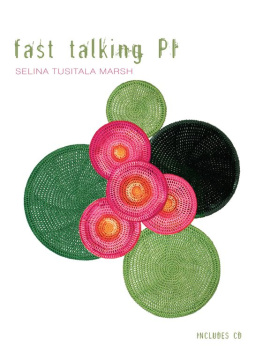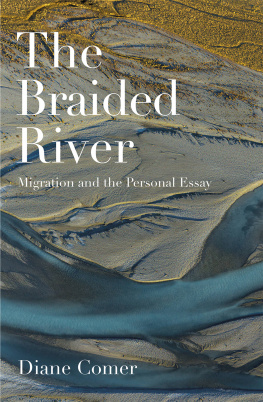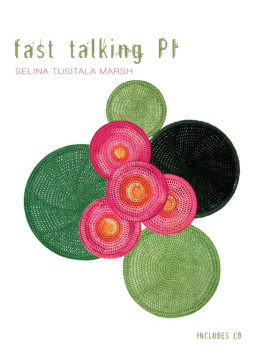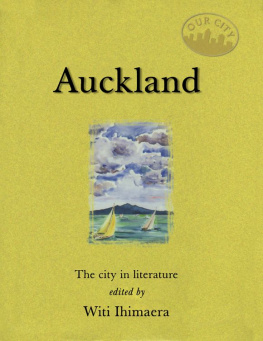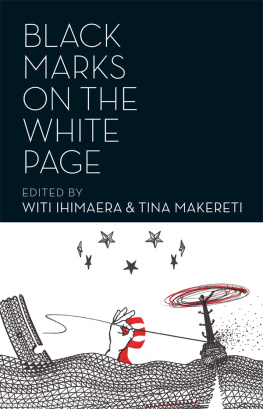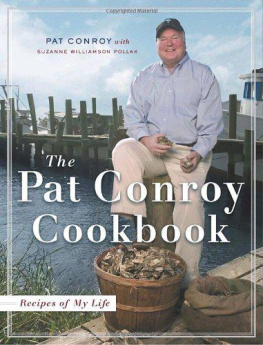The series marks Massey University Presss serious intention to help further an intelligent national cultural conversation, to showcase the work of New Zealands many fine writers and thinkers, and to support the art of the essay.
The Press is indebted to Dr Thom Conroy, the editor of this volume, and to the twenty-one other writers whose essays are published within it.
In the last year, home has been on our minds. From the haunting sight of the three-year-old Syrian boy Alan Kurdi lying dead, face down on a Turkish beach and news of New Zealanders living in their cars, to the crashing of the Canadian immigration site following the US election and international concerns about the accelerated melting of the Antarctic ice sheets, many of us have been thinking about what it means to be at home. With 65 million people currently displaced globally, the notion of home is more relevant and yet more fragile than ever before. At the same time, home is a form of knowing that contains the reasoning for its own preservation. Home is also a necessity, one of the physiological needs that forms the base of Maslows hierarchy of needs, as well as an essential experience in our definition of self.
For all of homes centrality, you would think we might know a bit more about it. Home seems intimate, near at hand. It suggests a place, as my daughter says, where we open the doors with our feet and close them with our elbows. And home is such a universal topic that our depictions of it are often expressed in clichs. At the same time, the experience of home is profoundly subjective. Each of us has a recollection of a home of some kind, and many writers find themselves returning to the subject over the course of their oeuvre.
In New Zealand there can be an inherent difficulty in articulating conceptions of home, especially for Pkeh writers. In Writing Here, the introduction to Extraordinary Anywhere: Essays on Place from Aotearoa New Zealand, editors Ingrid Horrocks and Cherie Lacey link Pkeh reticence about place to an underlying anxiety about displacing Mori voices:
For many Pkeh, settlers and newer migrants, the strength of emotion connected to New Zealand, to a sense of home here, doesnt find easy expression. Many of us are aware that not being tangata whenua means that we dont have a natural, or prior, claim on this place, and so there can be an obstacle between emotion and language we can find ourselves coming up short, at times inarticulate.
One of my early worries about this collection was that a version of this inarticulateness might surface in some of the essays. If nothing else, I was concerned that many essays on the same topic might turn out to be similar a disquieting prospect, given that my intention was to spark new dialogue about what an expanding sense of home might mean to us here and now in Aotearoa.
Those worries turned out to be groundless. As the essays began to arrive in my inbox daily, I found myself overwhelmed by both the eloquence and the diversity with which the writers had approached the topic. It wasnt long before I found myself stretched, and when this happened I understood that we were on to something. As I read, I became aware of dare I say it? learning something. Because the procedure was so deeply pleasurable, I didnt recognise that any edification was occurring, but by the time I had read through the essays in Home I understood that I had become educated on the subject.
So what did I learn? I learned, first of all, that home is primary, shaping and visceral. As Brian Turner says near the beginning of Southwards to the Always Talking Sea, the word home registers more powerfully than just about any other. Home is omnipresent and nonetheless elusive, slippery. It can be embodied in a material object, as it was for Ian Weddes great-grandmother, whose linen sampler, brought from the Danish town of Haderslev on the South Jutland peninsula, remained an enduring fragment of a faraway home. This sampler, Wedde writes in How Not to Be at Home, represented her and uttered her.
At the same time, home is ephemeral, as we learn in Laurence Fearnleys Sniffing Out the Neighbourhood: A Scent Map of Home. For all of us, home is contingent, although some of us are more aware of this contingency than others. For Bonnie Etherington, a New Zealander growing up in West Papua, home was a function of mobility. In Never Coming Home, Etherington remembers her mother observing that home is where our suitcase is. I learned, too, that home can be a form of knowledge, such as the life-saving technique for catching turtles that Gina Coles Fijian grandmother teaches her in Na Noqu Bubu.
The essays in Home are wide-ranging, heterogeneous, cacophonous forays across the globe and deep into every nook and cranny of our country. In spite of the diversity of the collection, however, there are threads that bind, hints of commonality that unite us. Writing of the distinction between home and house in her introduction to At Home in New Zealand: History, Houses, People, historian Barbara Brookes acknowledges that it is the infusion of memory that is the key ingredient that makes a house into a home. Memory implies a journey, a return. Whether the essays subject is directly about travel, as it is for Lloyd Jones in Proximity or Sue Wootton in Homing, the idea of home always carries this notion of return if not along the miles of the earth, then along the winding tracks of whakapapa as in Paula Morriss Greys Avenue. Home, Ingrid Horrocks realises in her essay Oscillations, might also contain movement both physical and emotional. Home might contain, rather than be threatened by, yearnings, by elsewheres.




